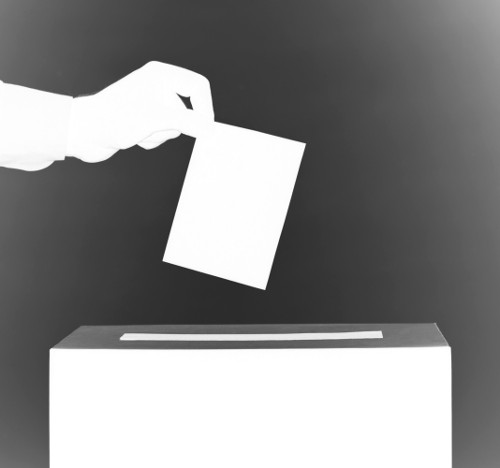Voting returns to rural council
 Central Darling Shire will soon have an elected council after more than a decade under administration.
Central Darling Shire will soon have an elected council after more than a decade under administration.
Central Darling Shire is set to return to democratic representation following the passage of new legislation in the NSW Parliament.
The shire, which has been under administration since 2013 due to financial and governance issues, will be restructured under a new model designed to support rural and remote councils.
Central Darling, the largest local government area by size in New South Wales, spans vast, sparsely populated regions, including Ivanhoe, Menindee, and Wilcannia.
It faced serious governance challenges, exacerbated by the combination of size and low population density.
The Shire's councillors were dismissed in 2014 following allegations of financial misconduct, which had pushed it to the brink of insolvency.
With a population of just 2,000 people across an area roughly the size of Tasmania, the shire has struggled with effective service delivery and financial stability.
The new legislation introduces a ‘Rural and Remote Council’ model, featuring a council composed of six members - three elected by the local community and three appointed by the NSW Government.
This mixed governance framework is intended to provide both local representation and the expertise necessary for the council’s stable operation.
The model will ensure “a stable council they can rely on to provide the local government services that many of us take for granted”, according to the NSW Minister for Local Government, Ron Hoenig.
In a statement, Hoenig emphasised that the return of democratic governance to Central Darling was a priority for the Minns Labor Government.
“The new Rural and Remote Council model provides a way forward for the community, allowing them to have a say in who represents their local interests while ensuring a framework is in place to deliver local services and infrastructure in a more effective way,” he said.
The reintroduction of democratic processes will take place in the first half of 2025, when the community will vote for three councillors.
In addition, the NSW Government has allocated a grant of $477,782 to assist in the transition, which includes induction and training for the new council members.
The decision to reclassify Central Darling under the Rural and Remote Council model follows extensive consultation with key stakeholders, including local communities, the Member for Barwon Roy Butler, and state agencies.
The Central Darling Shire is currently the only local government area still under administration in NSW, with other councils such as Central Coast, Wingecarribee, and Balranald having returned to elected governance.
Elections for the newly structured Central Darling council are scheduled to occur in the first half of 2025. The new arrangement could provide a potential model for other rural and remote councils facing similar challenges.








 Print
Print